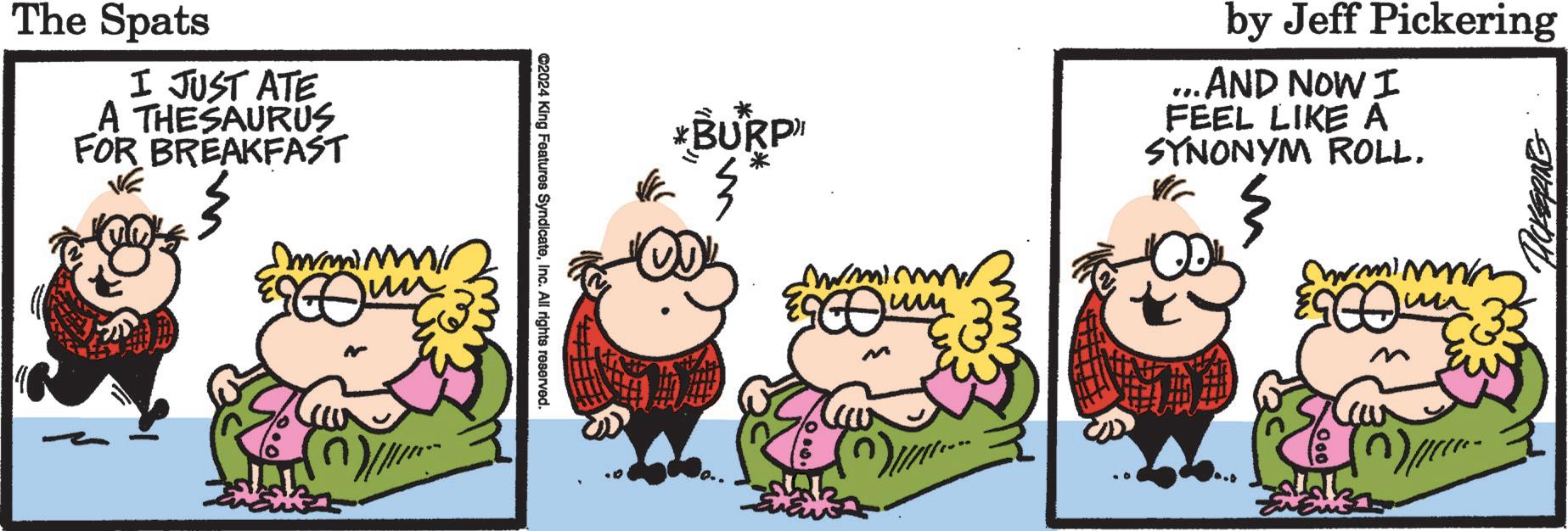







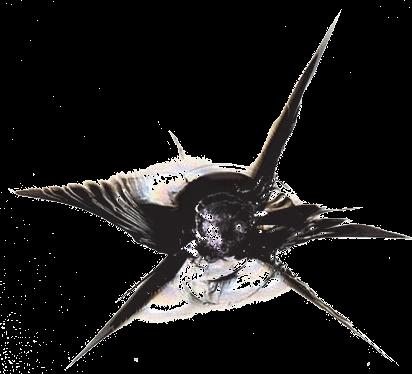
by Janet Spencer
Snow may be the only thing on Earth that is simultaneously enchanting and annoying, completely necessary and extremely dangerous. But no matter if you love it or hate it, or both at the same time, snow is an essential part of the earth’s ecosystem. Let’s consider some of the more unusual aspects of snow!
• Scientists classify snow as a mineral, the same as salt or diamond: a naturally occurring solid inorganic material with a definite chemical composition and an ordered atomic arrangement.
• Snowflakes are composed of ice crystals. A crystal is any matter in which ions, atoms, or molecules are arranged in a highly ordered three-dimensional lattice.
• In fact, the word ―crystal‖ comes from the Greek ―krustallos‖ which means not only ―rock crystals‖ but also ―ice.‖
• The largest single ice crystal ever documented measured just 0.39 inches (10 mm) from tip to tip. Most are much smaller than that.
• Although a single airborne ice crystal is very tiny, it clusters with others as it falls to form snowflakes. An ordinary snowflake may consist of dozens or even hundreds of crystals clumped together. (cont)




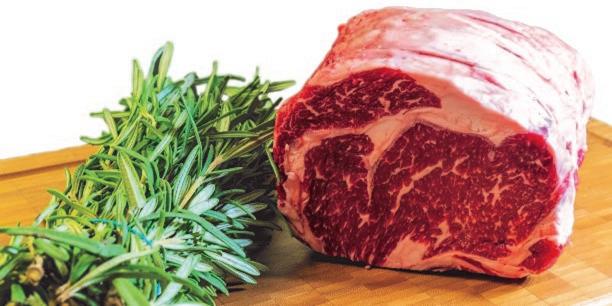









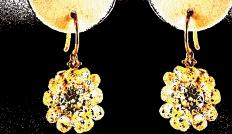












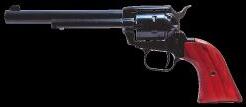

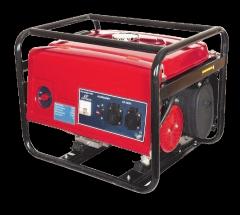
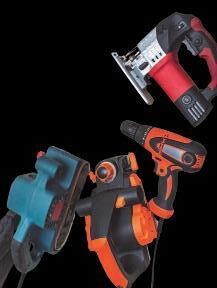


is Published & Distributed Weekly By: CindAl Publishing Company 812 55th St. Vienna, WV 26105 e-mail: alan@tidbitsmov.com
Advertising: 304.210.3812
We reserve the absolute right to accept, reject, discontinue or refuse any advertisement personal or commercial that we deem may not be conducive for our publication or Tidbits®. The publisher does not assume any responsibility for the claims of its advertisers. Tidbits® is committed to remain a family oriented publication. www.tidbitsmov.com
• The largest snowflakes ever documented fell on January 27, 1897, near Missoula, Montana. The flakes measured ten inches (25 cm) wide and eight inches (20 cm) deep.
• Google commemorated the 125th anniversary of this remarkable snowfall event with a doodle depicting a giant cartoon snowflake crushing the landscape as it fell.
• The individual shape of a snowflake is based on air temperature, humidity level, speed of descent, and direction of movement as the snowflake falls.
• Snowflakes are nearly always six-sided, though they can also have three or 12 sides. Their shapes fall into seven basic shapes: stars, needles, dendrites (―branched‖), plates, columns, columns capped with plates, and irregular (damaged).
• Chemistry teacher Andy Brunning subsequently discovered that those seven basic shapes result in 35 different sub-variations of flake shapes. He found that needle-like crystals form at 28°F (-2.2°C), while flat crystals form at temperatures of 23°F (-5.5°C).
• The declaration that no two snowflakes are alike arose from photographer Wilson Bentley, who became the first person to photograph a snowflake in 1885. He subsequently photographed over 5,000 snowflakes throughout his lifetime, and never found anyduplicates.
• However, Nancy Knight worked for the National Center for Atmospheric Research in Boulder, Colorado, in 1988, studying highaltitude cirrus clouds. As a plane flew through the clouds during a snowstorm over Wisconsin, she collected snowflakes on chilled glass microscope slides covered with sticky oil. While observing them under a microscope, she actually found two snowflakes that were, for all intents and purposes, identical. (cont)


When you find him, to enter the weekly contest, please send us a message including your name, POSTAL MAIL address, the issue number you are referring to and which AD is hosting Tommy for the week! Visit www.tidbitsmov.com or send the answer with the above information to alan@tidbitsmov.com OR you may send us a private message to our Facebook page - @Tidbits MOV. PLEASE do not post the answer directly to the page - that ruins the fun for everyone. All winners will be drawn randomly from correct responses and will be posted weekly. As with all our contests, though you are welcome to play every week, you are only eligible for one winner per household per month.


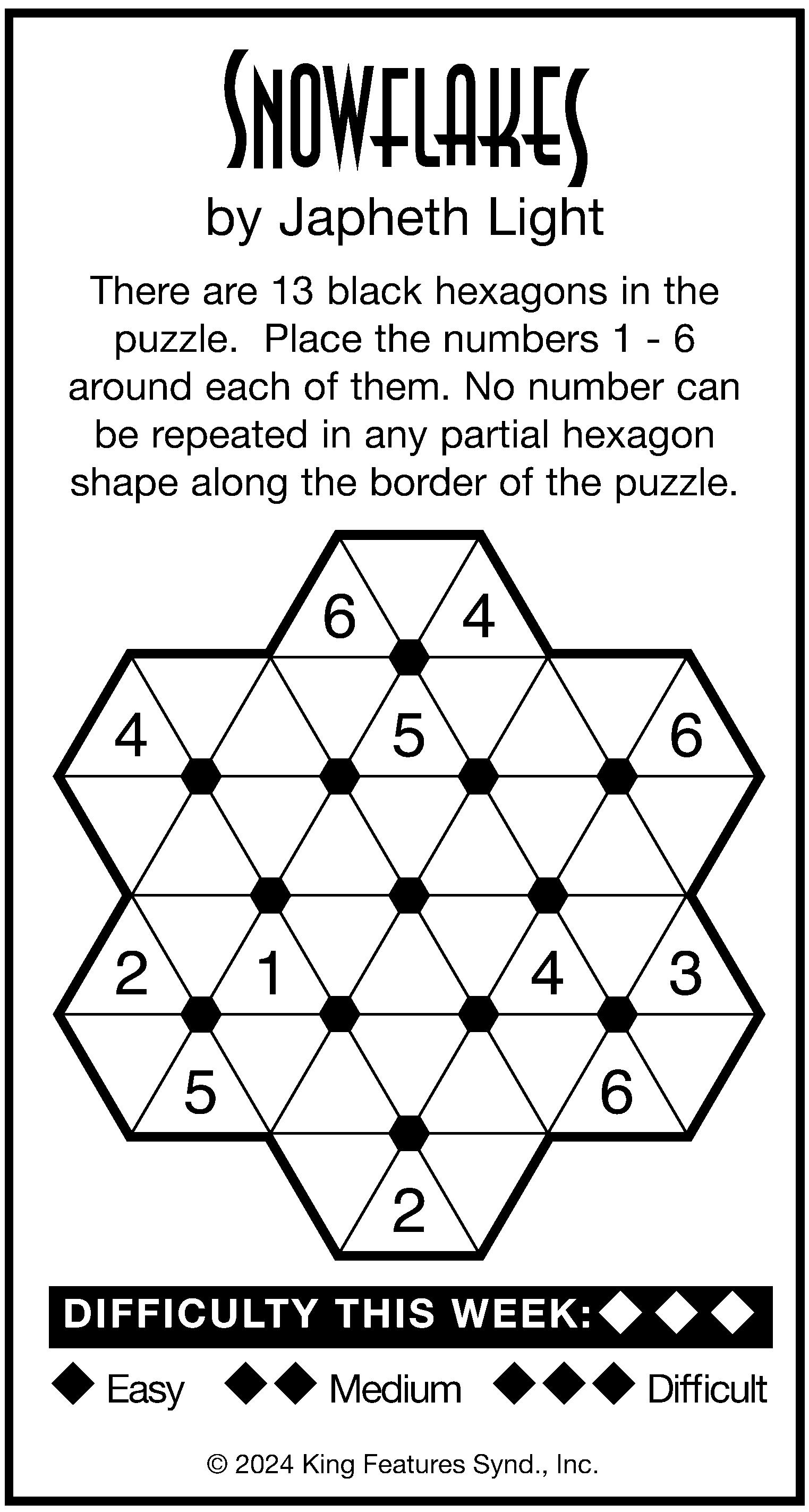


Sally G from Belpre Found Toby In Issue 1275
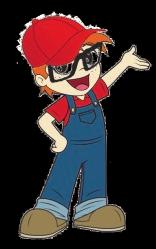
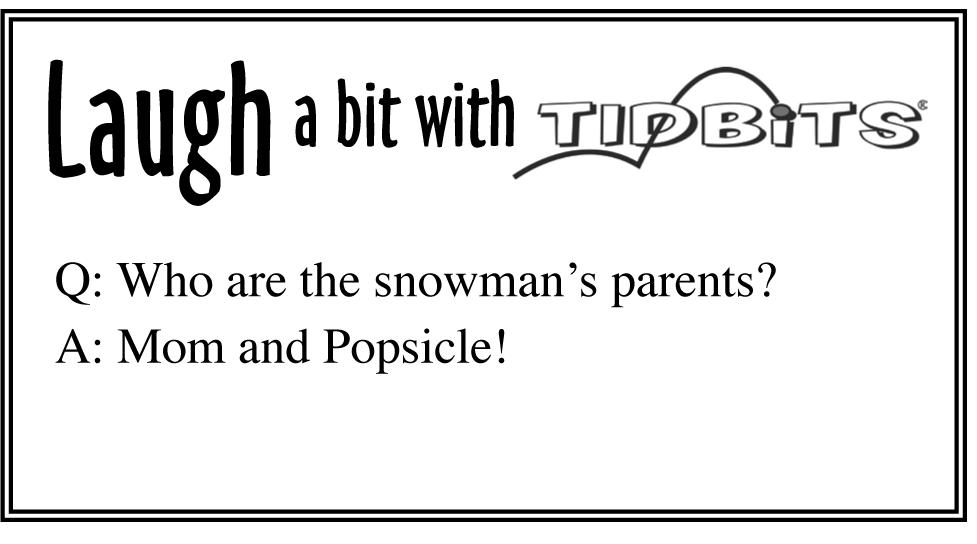



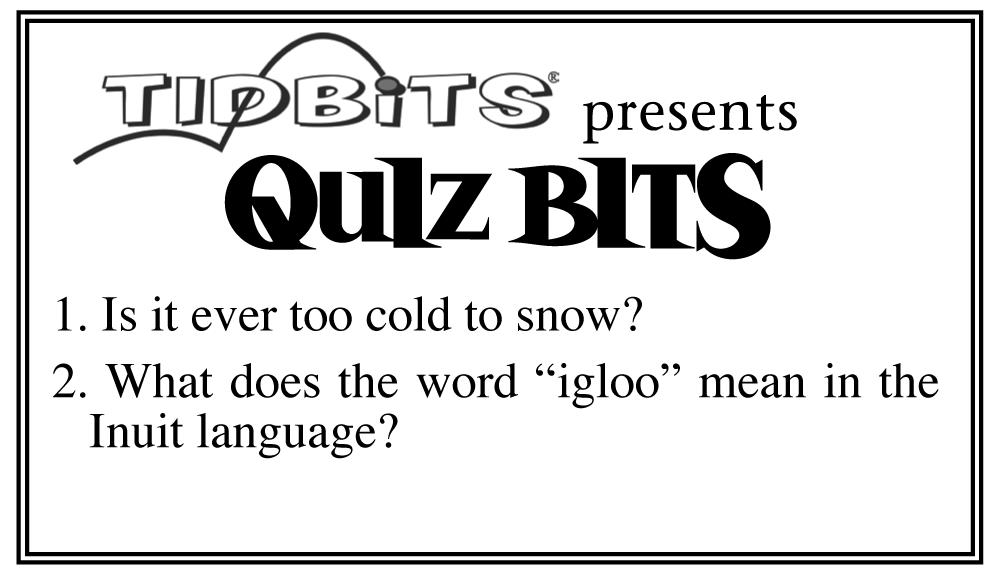
ATTENTION: Sleep Apnea Sufferers... A FREE Report Reveals That There Is Hope for Those Who Can't Use CPAP! A local doctor's new FREE report reveals a solution for those who suffer from claustrophobia, mask leaks, skin, and sinus irritation that can come from CPAP use.
If you've been told that you do not have options and you are stuck with a CPAP machine that you cannot tolerate, then you must find out the 6 simple steps you can take to get better sleep, and the new revolutionary alternative that is changing people's lives daily!
Reader's of the recent special report have discovered that they can now treat their sleep apnea effectively, and they are experiencing deeper sleep, less snoring, and a better quality of rest WITHOUT the frustrations that CPAP can cause. Many are reporting near-immediate relief from their sleep apnea symptoms and their bed partners are sleeping better, too.
Don't give up on treating your sleep apnea, because you don't have to!
To receive a copy of the FREE report entitled: "Six Steps for Starting Oral Appliance Therapy: How to Treat Your Sleep Apnea Without a CPAP" call our office at 740-205-6103 and we'll get you the report right away!
The call is free and so is the report!
Thanks,

• Snow is just one of several different forms of precipitation. Other types include rain, sleet, grauple (soft hail), and hail.
• The word “grauple” comes from the German word meaning grain or granule.
• Frost is not considered snow or precipitation because it’s formed from water already on the ground.
• It’s been calculated that a typical snowflake takes about one hour to fall to the ground, descending between 1 and 4 mph (1.6 – 6.3 km/h), depending on conditions.
• Key West, Florida is the only place in the continental U.S. where it has never snowed. The lowest temperature ever recorded there was 41°F (5°C) on January 12, 1981.
• Which state is the snowiest? Surprise! It’s Vermont, followed by Maine, New Hampshire, and Colorado. Alaska comes in 5th. Not surprisingly, Hawaii and Florida are at the bottom of the list.
• A blizzard is different from a snowstorm, just as a hurricane is different from a tropical storm. For a storm to be classified as a blizzard, winds must be at least 35 mph (56 kph), with snowfall heavy enough to drop visibility to a quarter mile or less (0.4 km) for at least three hours.
• A ―ground blizzard‖ is when it’s not snowing, yet strong winds blowing loose snow lowers visibility. A ―snow squall‖ is a shortlived localized snowstorm.
• There are an average of 105 snow-producing storms annually in the U.S., each typically covering multiple states for several days.
• Snow falling through the air picks up nitrogen, a good fertilizer for plants, which is released to the soil when the snow melts. Snow insulates the roots of dormant plants and protects them from temperature swings, acting like mulch. (cont)


















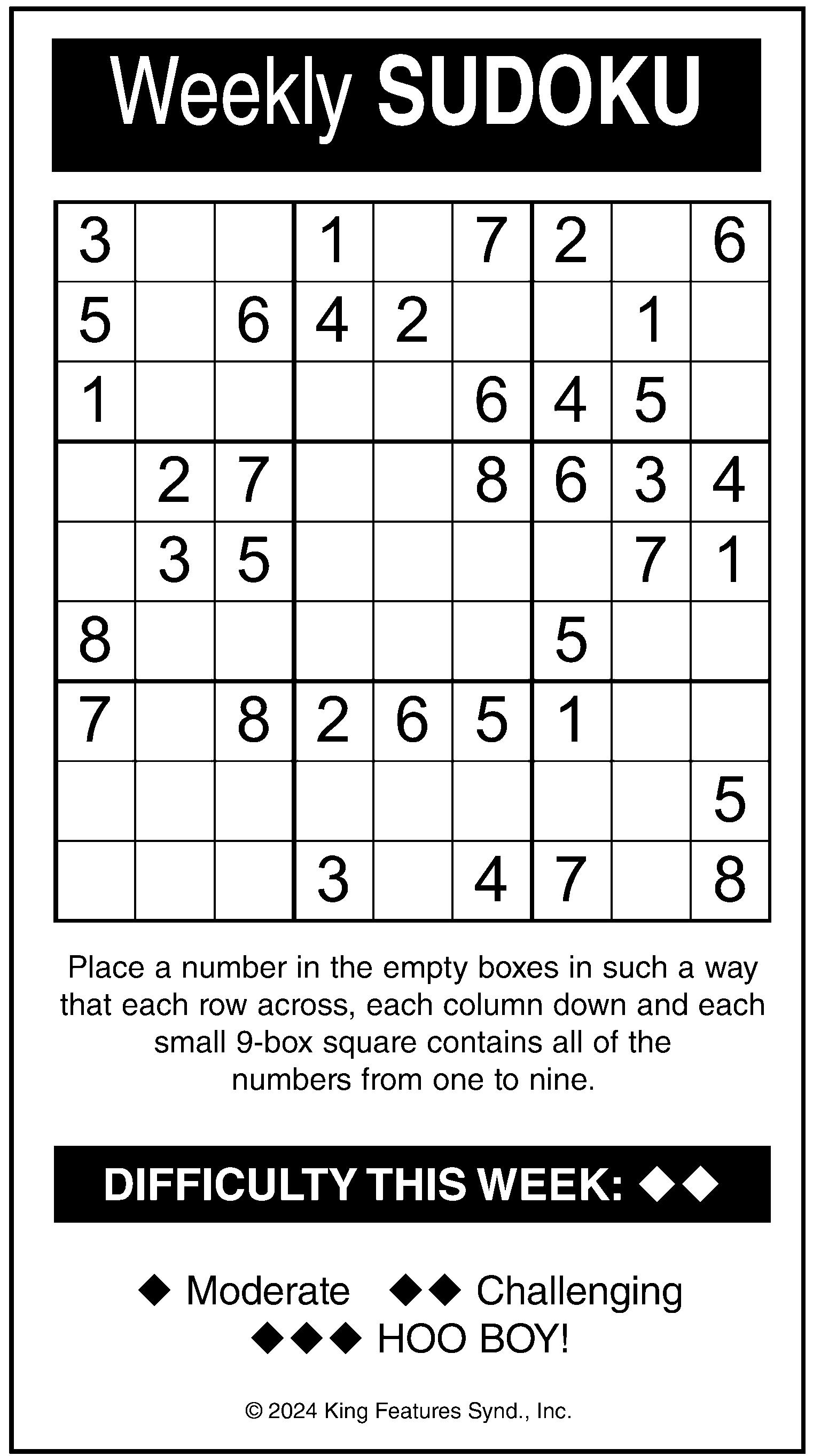
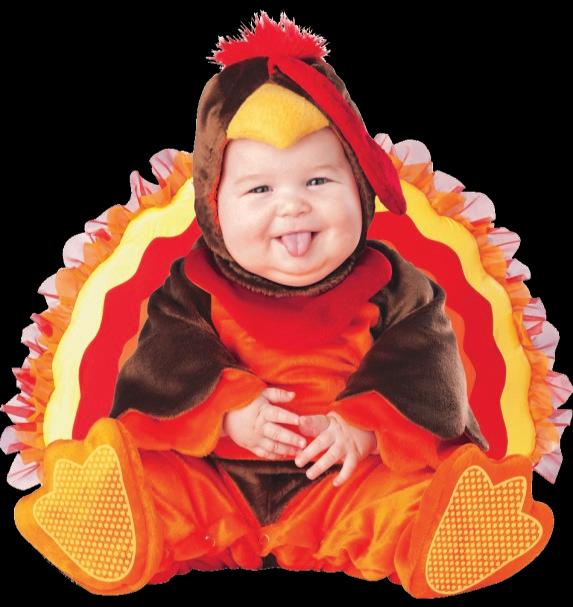





• A well-known rule of thumb is that ten inches (25.4 cm) of snow equals one inch (2.54 cm) of rain. This turns out to be an inaccurate myth, as the water content of any snowfall varies significantly according to conditions. It may be as high as the 100-to-1 ratio for light, fluffy, cold snow or as low as three-toone for warm, dense, wet snow.
• Fresh snow is an excellent insulator. Ten inches of fluffy fresh snow may be 75% water and 93% air. The insulation value is approximately equal to a six-inch layer (15.2 cm) of R-18 fiberglass insulation. This is why many animals burrow deep into the snow during winter to hibernate.
• Snow can change how it sounds outside. Fluffy, new snow can muffle sounds. Snow that melts and then freezes again can make everything sound louder.
• Syracuse, New York, is regularly on the list of ―snowiest cities in the U.S.,‖ along with the nearby towns of Buffalo and Rochester, New York, and Erie, Pennsylvania. All these areas suffer from ―lake effect snow‖ coming off Lake Erie, which often dumps upwards of 100 inches (2.54 m) or more of snow throughout the region each season.
• Worldwide, the most snow to ever fall in 24 hours happened in Capracotta, Italy on March 5, 2015, when 100.8 inches (2.56 m) of snow fell in a day.
• The most snow in the U.S. in 24 hours fell in Silver Lake, Colorado in 1921 when 75.8 inches (1.9 m) of snow came down.
• The most snow to ever fall in one year fell in Mount Rainier, Washington in 1971 when 102 feet (31 m) of snow fell over 365 days.
• On March 30, 1992, after a particularly harsh and snowy winter, the Syracuse Common Council officially outlawed further snowfall until December 24, 1992. Alas, it snowed several inches just two days later.

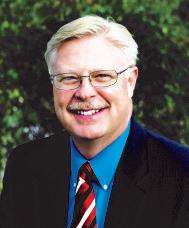


Turn a ho-hum Saturday meal into a memorable family activity when you dive into this "Octopus Lunch Surprise" recipe! With a few simple ingredients that kids love, your imaginations can soar when everyone creates an underwater scene right on their plates.
Make a shopping list, pick up what you need together, and you'll soon be on your way to playing with your food kid-style!
Here are the ingredients you'll need for 4 servings:
4 standard-sized hot dogs
6 ounces spinach fettuccine, cooked according to package directions (substitute shell-shaped pasta, if you prefer)
4 slices of bread
4 slices of cheese or cheese spread
Cookie cutters in fish or star shapes
2 whole cloves or raisins
Several cocktail-sized sausages such as Hillshire Farm Beef Lit'l Smokies (optional)
Here's the fun: For each "octopus," slice a hot dog down the center lengthwise, leaving approximately 1 1/2 inches at one end of the hot dog intact. The uncut end will be the head of the "octopus." Hand your child a pair of clean and easy-to-handle scissors. Let them cut each of the halves in half lengthwise, then in half again. Be careful to keep the strips attached to the solid top portion of the hot
dog. You will now have 8 arms. Cut a few arms in the small cocktail-sized wieners, if you wish. An adult should place the hot dogs in a pan of boiling water. Watch how the "octopus" arms immediately curl as the hot dog heats through and the casing tightens. Carefully remove from the pan, and set each one with the head upright and legs dangling outward on top of a mound of hot, buttered spinach pasta (the seaweed). For the eyes, insert 2 whole cloves or raisins next to each other into the top portion.
Set a small sausage or two (to represent squids) along the side of the plate, chasing after the octopus. Serve with toast that has been cut into sea-themed shapes with cookie cutters. Top with cheese spread or cheese slices cut into the same shapes. Extra Learning Fun: Watch a short, popular video on your computer showing the discovery of octopuses manipulating discarded coconut shells and using them for protective shelter. View it and read more interesting information about octopuses with your family at NationalGeographic.com. Search the site with these keywords: "octopus" and "coconut shell."
Donna Erickson creates relationships and community through food and fun. Find more to nourish and delight you at: donnaerickson.com. (c) 2024 Donna Erickson Distributed by King Features Synd.

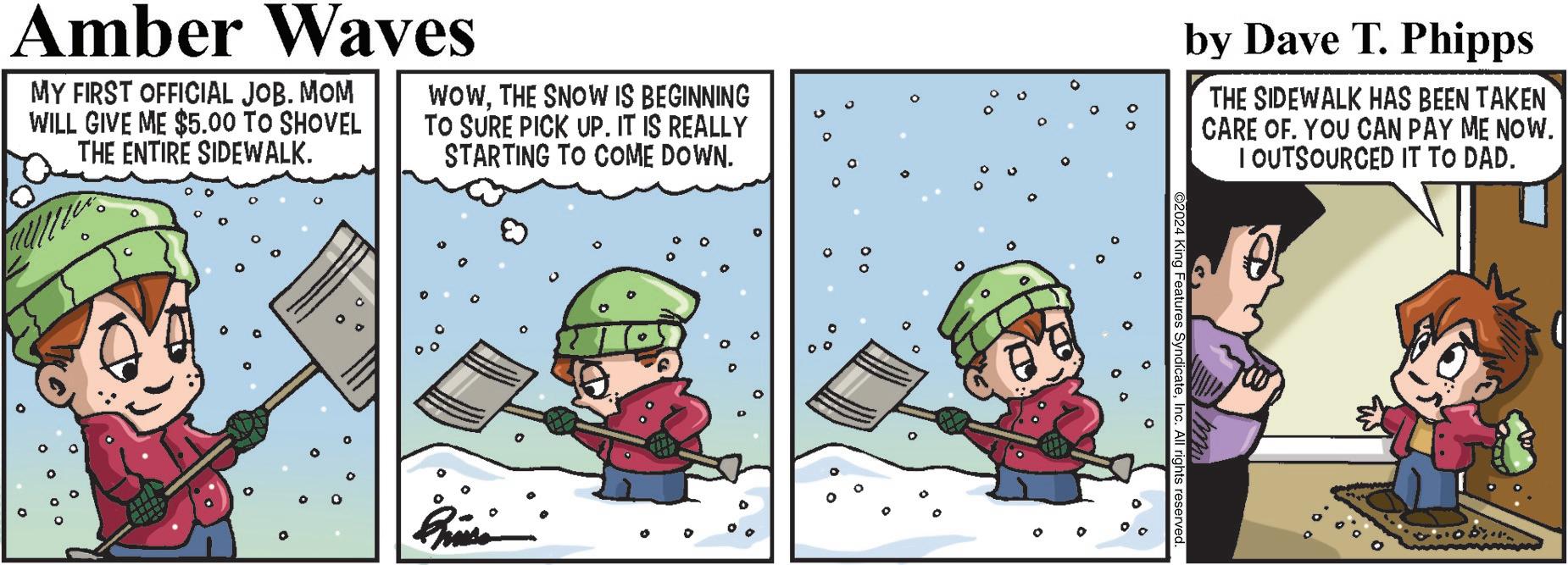
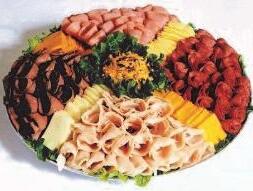
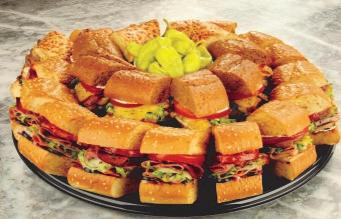





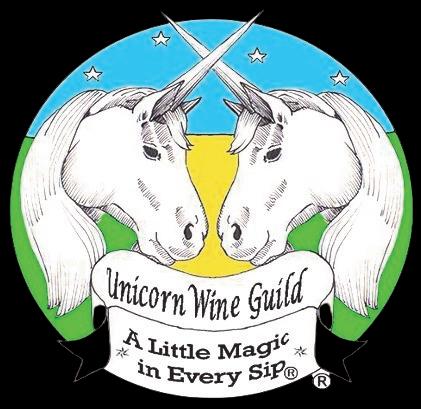




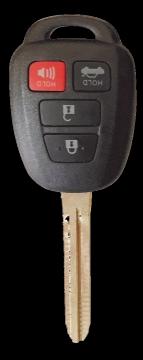





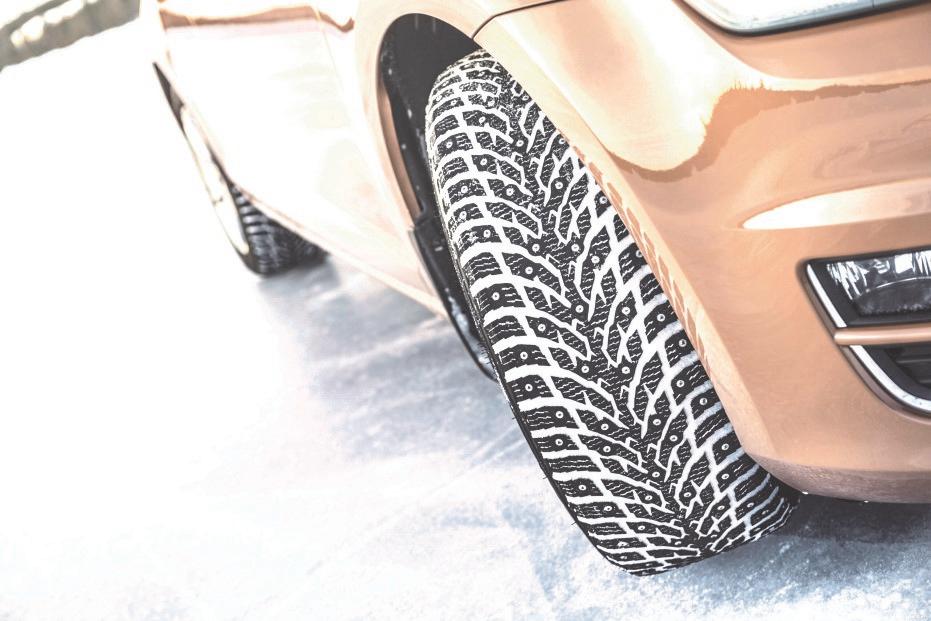
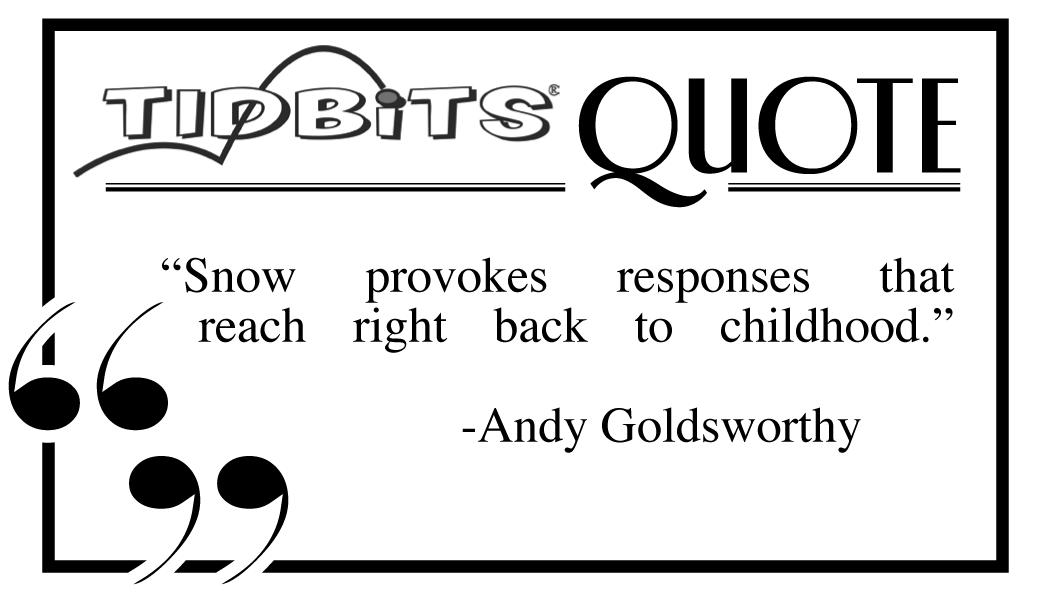





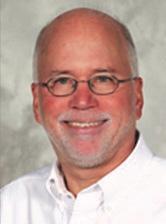
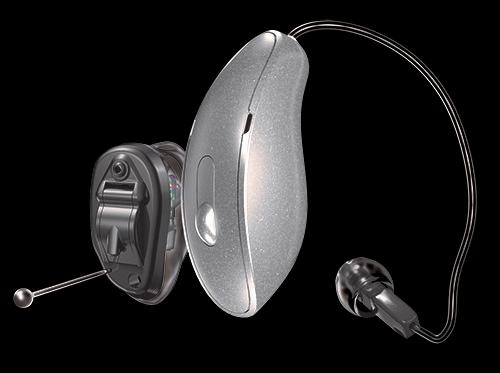




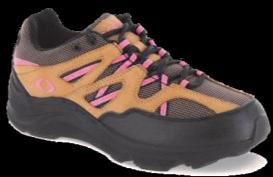
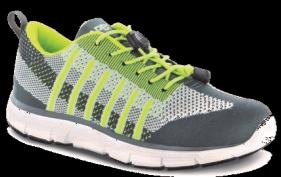

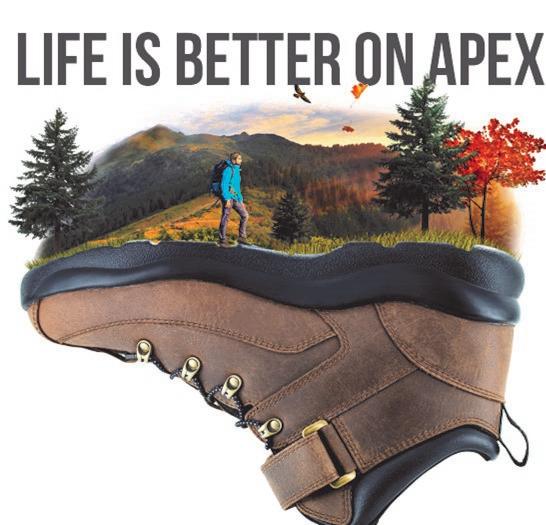

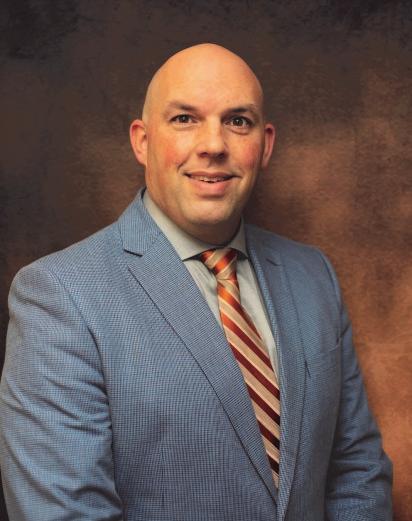



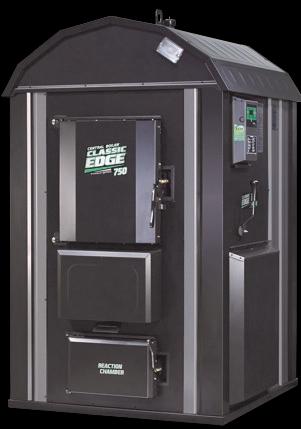


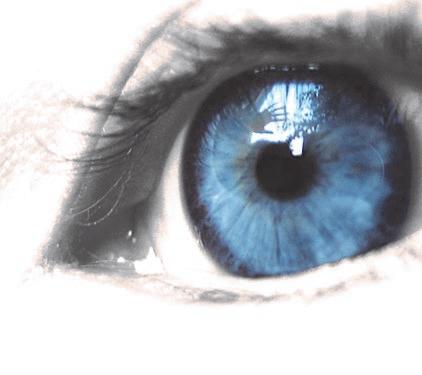


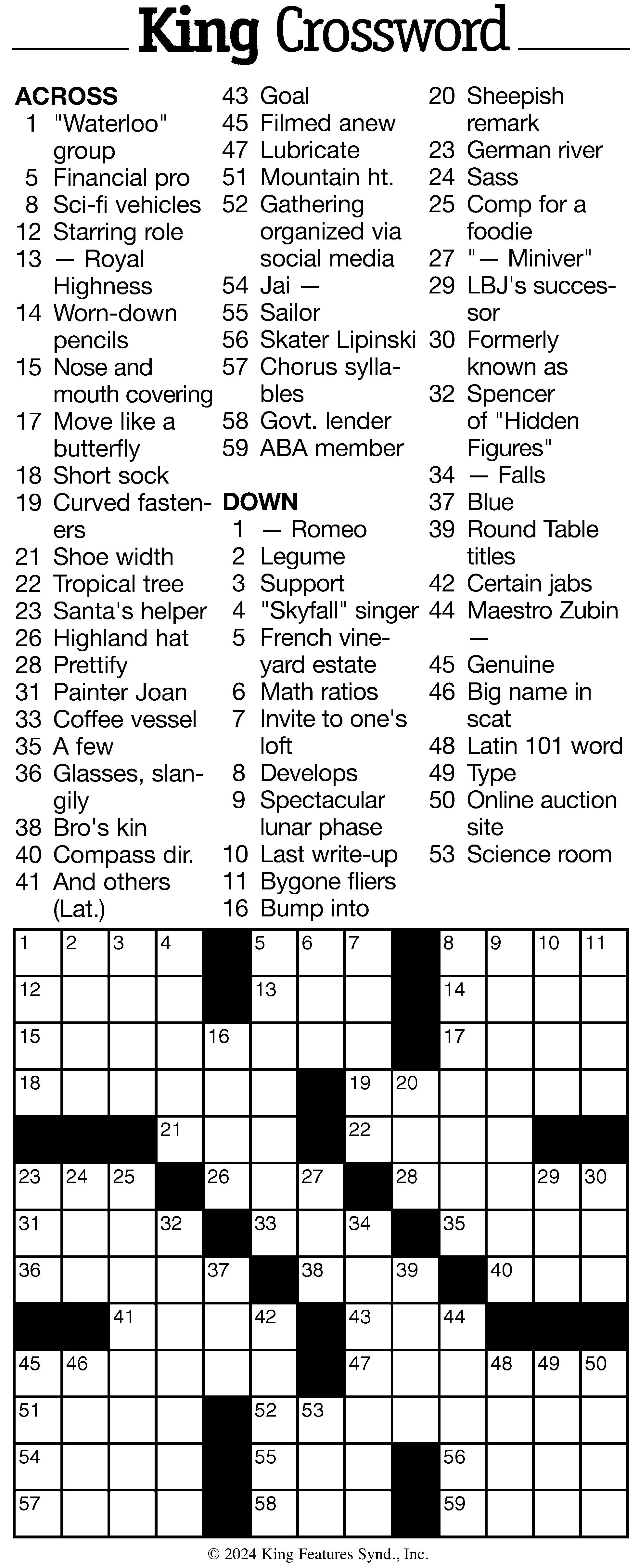









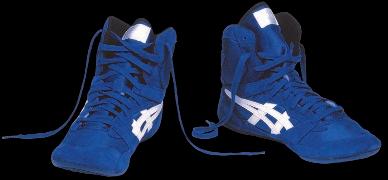
• Is there any truth to the old saying, ―No two snowflakes are alike‖? Wilson A. Bentley, a farmer and amateur meteorologist, sought to answer that question, dedicating himself to observing snowflakes for 50 years.
• Bentley was born in 1865 and raised on a farm in Vermont.
• On his 15th birthday, Bentley’s mother gave him the use of an old microscope. It was snowing that day, and the boy succeeded in getting a glimpse of a six-sided snowflake with the instrument; this was the beginning of a fascination that lasted the rest of his life.
• When he was 17, Bentley asked his parents to buy him a better microscope and camera. His father argued that ―fussing with snowflakes‖ was a waste of time. Finally, he gave in
• Bentley built a wooden frame to hold the new equipment and then spent two years figuring out how to take a picture of a snowflake under a microscope. On January 15, 1885, he did it, creating the world’s first photomicrograph.
• Every winter for the rest of his life, Bentley photographed and studied snowflakes in an unheated room in the back of the house.
• The process was difficult and cold. Outdoors, he collected snowflakes on a wooden tray that was painted black. Once inside, while still wearing big mittens to keep his hands warm, he used a straw plucked from a broom to pick up the snowflake and place it on a microscope slide. Sometimes he nudged the snowflake into place with a feather. Then, being careful not to breathe on the flake, he quickly examined and photographed it.
• Whenever it snowed, Bentley caught flakes, sometimes working all night. He found that most snowflakes had six sides, but others looked like triangles, spools of thread, or columns but no two were alike. (cont)

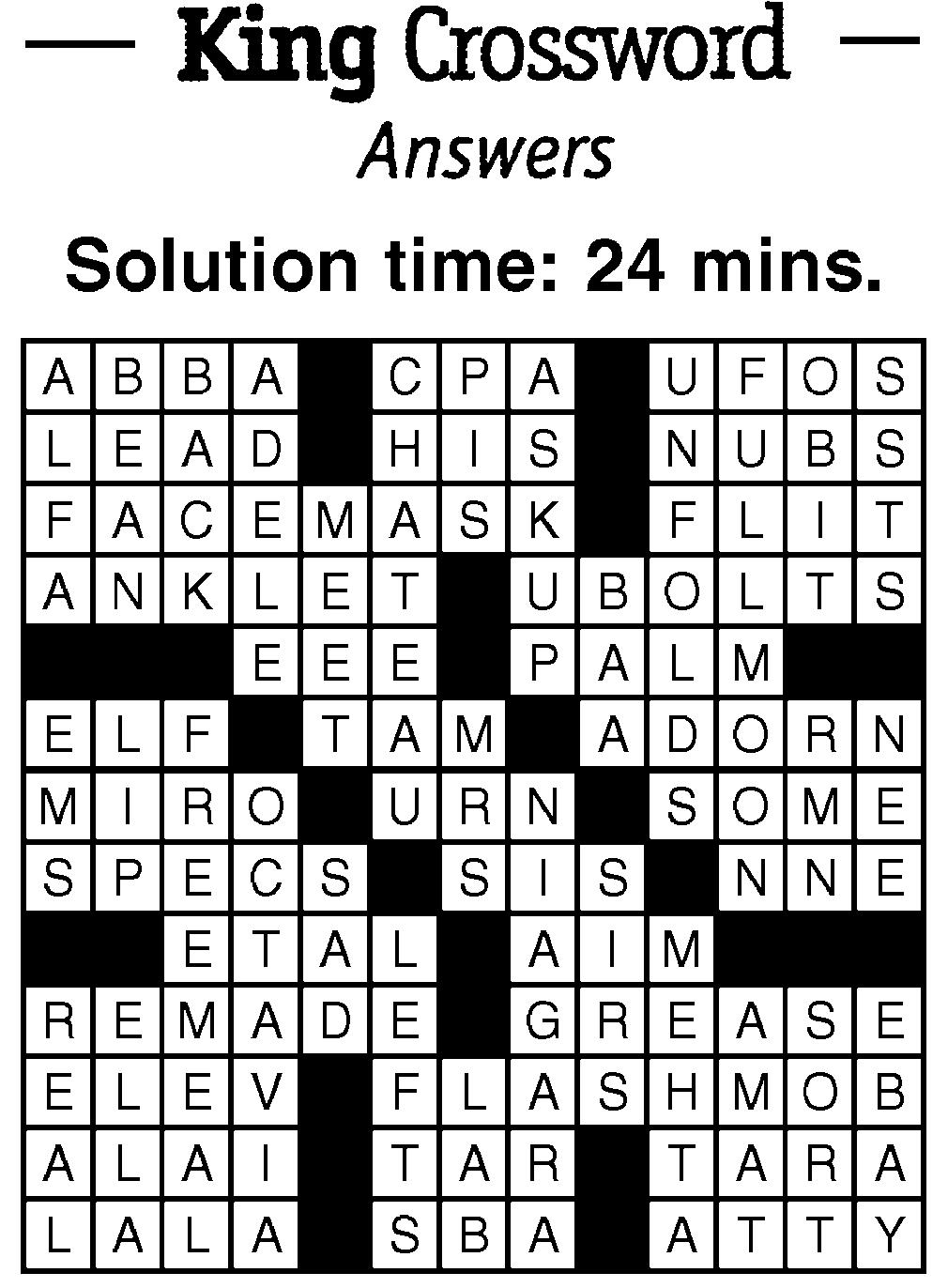
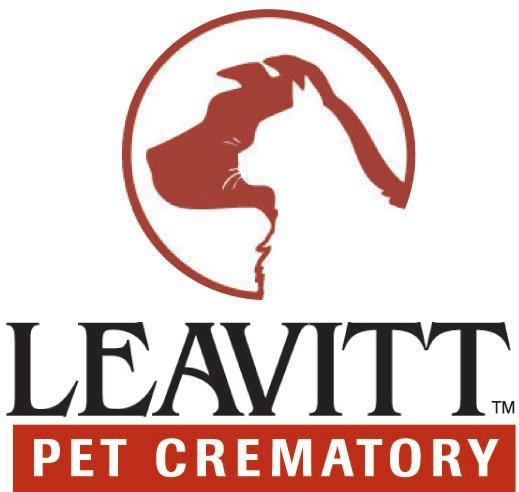



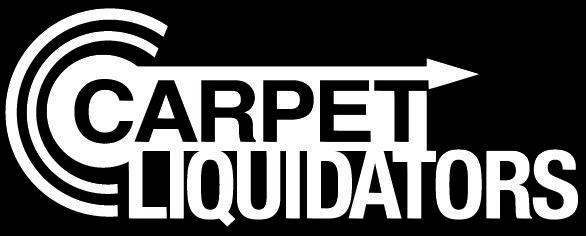
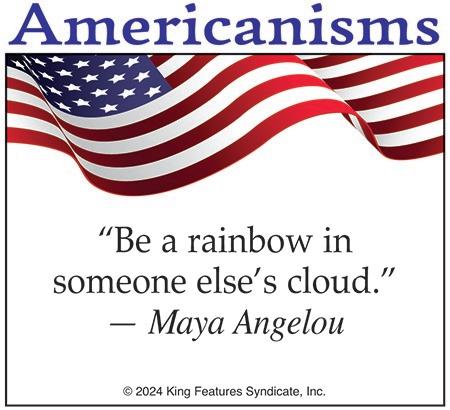
• Taking photomicrographs was only half of a long process. In those days, glass plates were used to take photographs. Bentley developed the plates in a darkroom under some stairs and then carried them to a nearby stream to wash them. Often, he did this at night.
• In warm months, Bentley presented outdoor slide shows about snowflakes to family and friends. He shined a kerosene lamp through a projector that held his glass plates. The lamplight cast the snowflake images onto a bedsheet hung up to serve as a screen.
• ―The mysteries of the universe are about to reveal themselves,‖ he would say. ―Look and marvel!‖
• Bentley shared his snowflakes with anyone who was interested. He sold prints of his photomicrographs for 5 cents each. He wrote articles for scientists and for magazines such as ―National Geographic.‖
• Occasionally, he felt discouraged that few people seemed to care about his work. Still, he never stopped. At age 65, he photographed his 5,000th snowflake.
• Slowly, people became interested. Reporters sometimes appeared at his door. People began to call him ―the Snowflake Man‖ and ―Professor Bentley.‖ Jewelry makers copied the snowflake designs.
• In 1920, Bentley was elected as one of the first members of the American Meteorological Society, which later awarded him its first research grant in 1924.
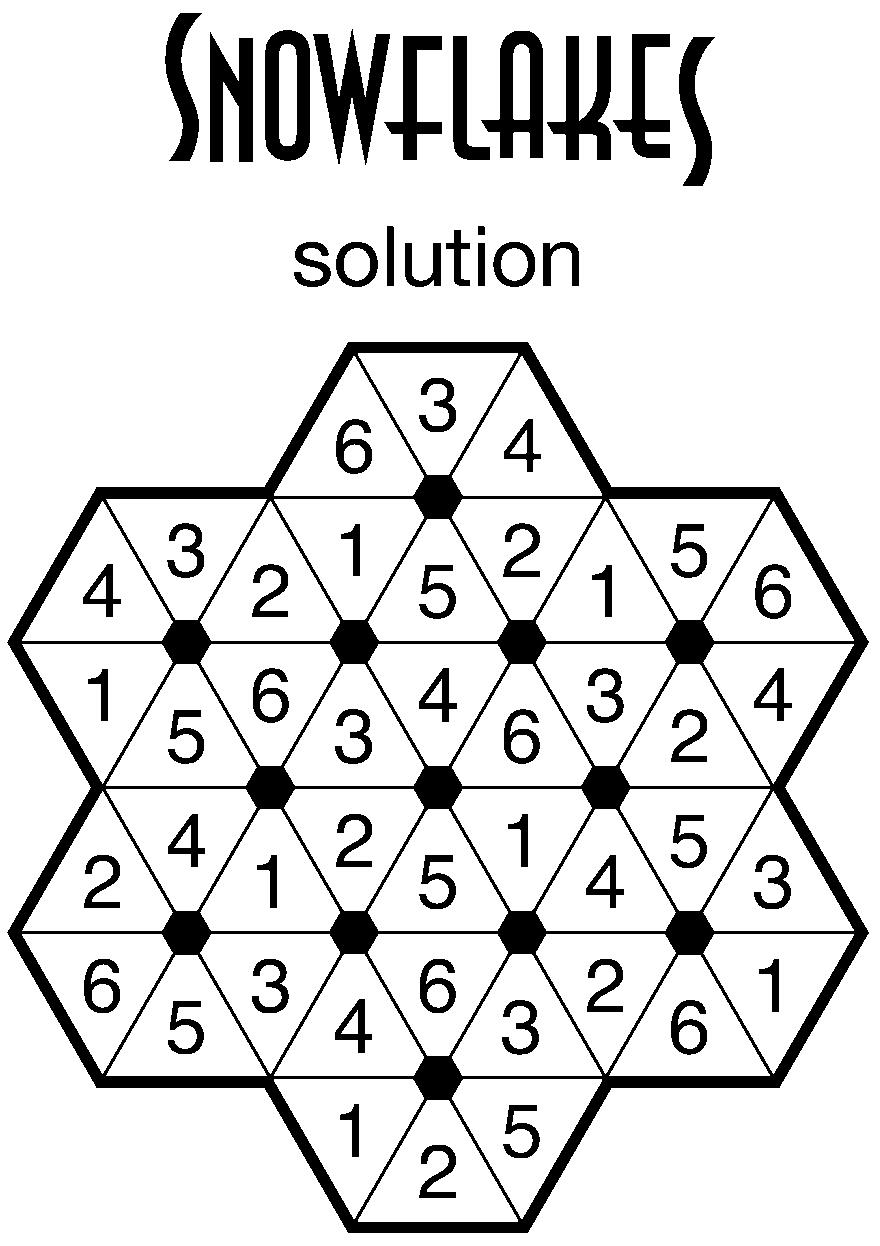
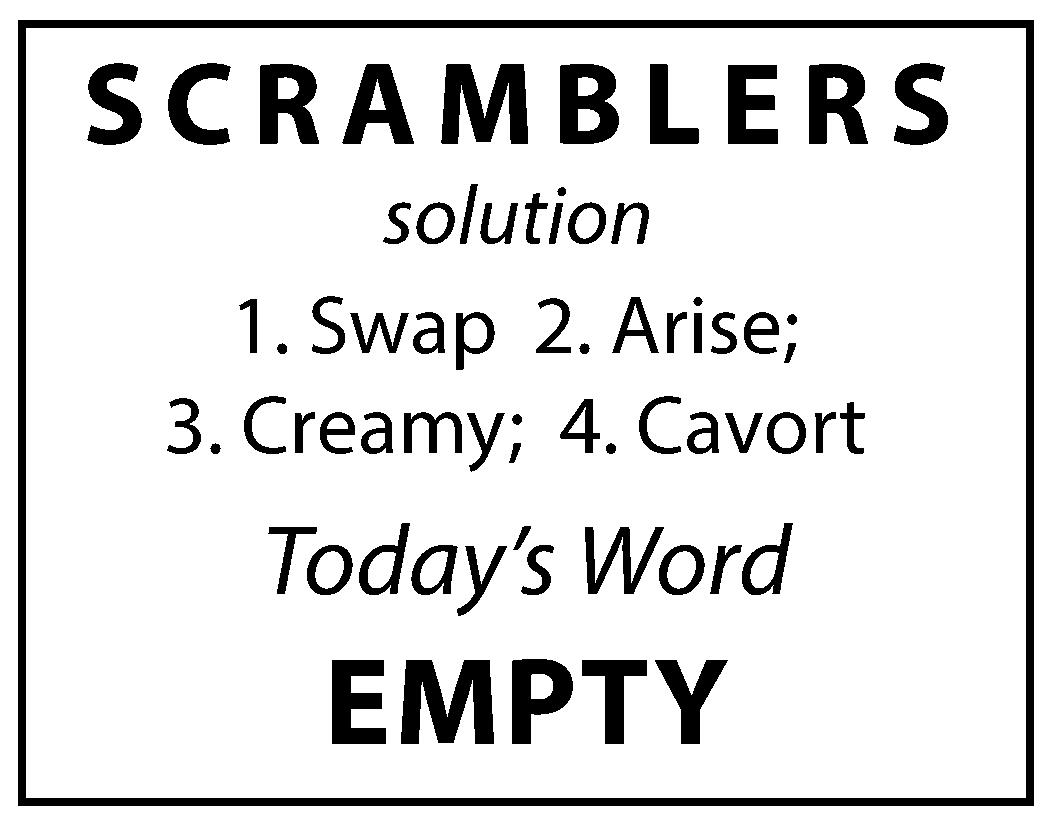

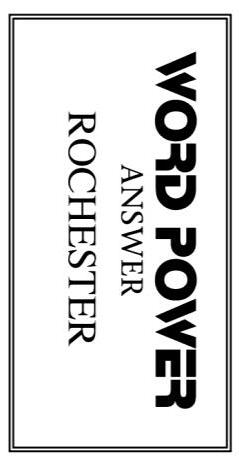

• Bentley’s proudest moment came in 1931 upon the publication of his book ―Snow Crystals,‖ which contained 2,453 of his photographs
• A few weeks later, on December 7, he wrote in his weather notebook: ―Cold north wind afternoon. Snow flying.‖ This was to be his last entry. He became sick and died of pneumonia on December 23.

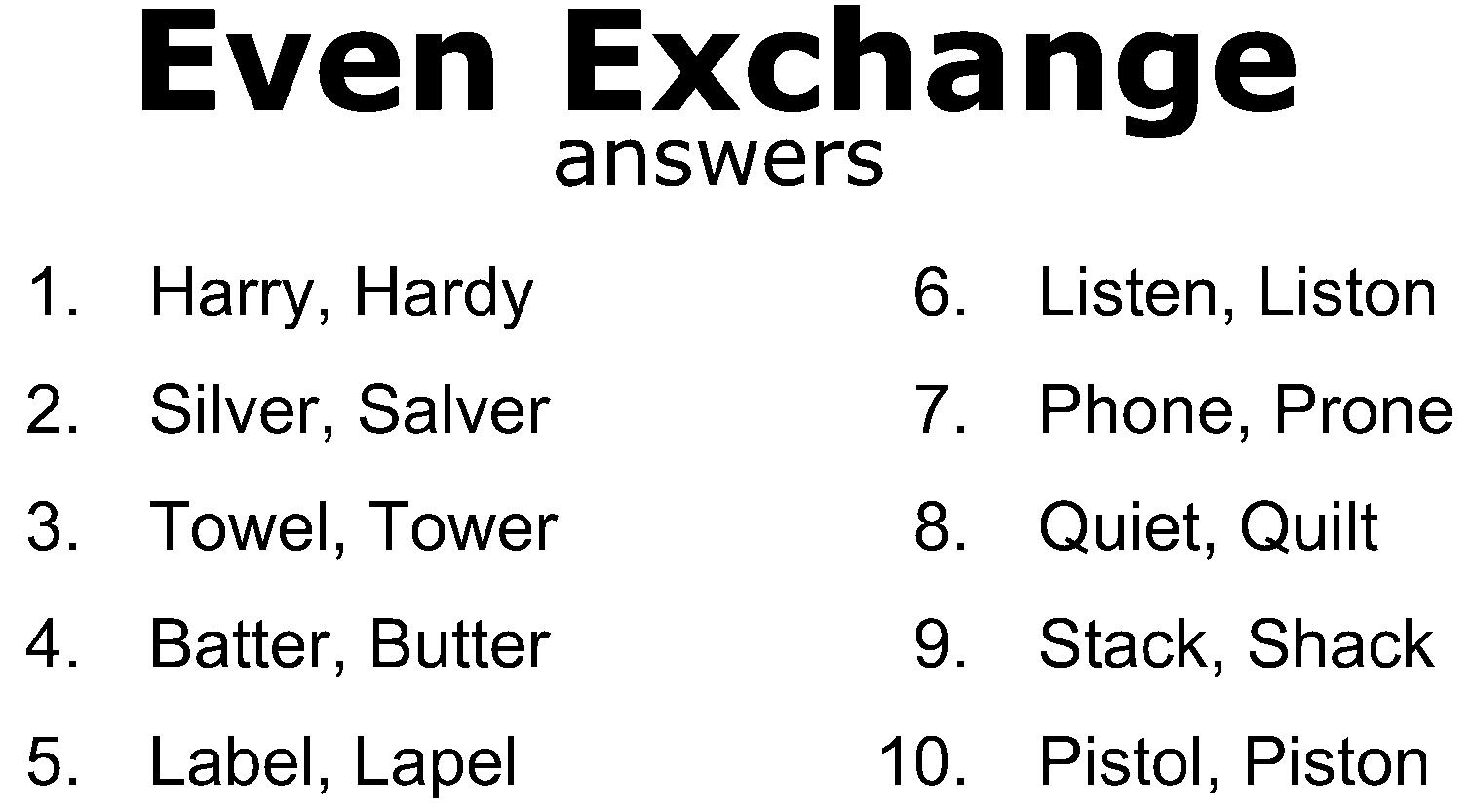

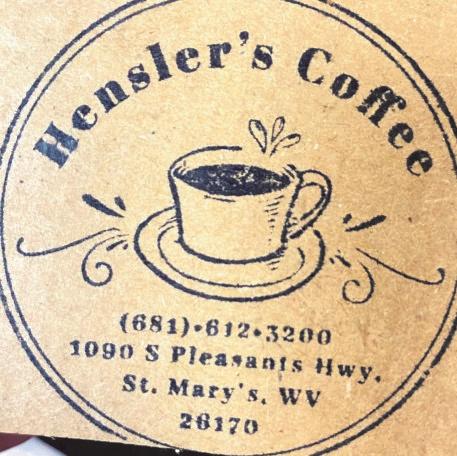
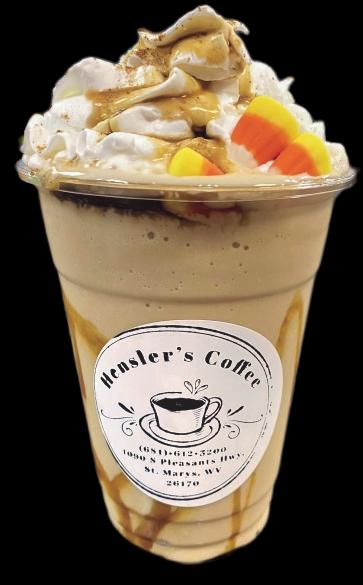

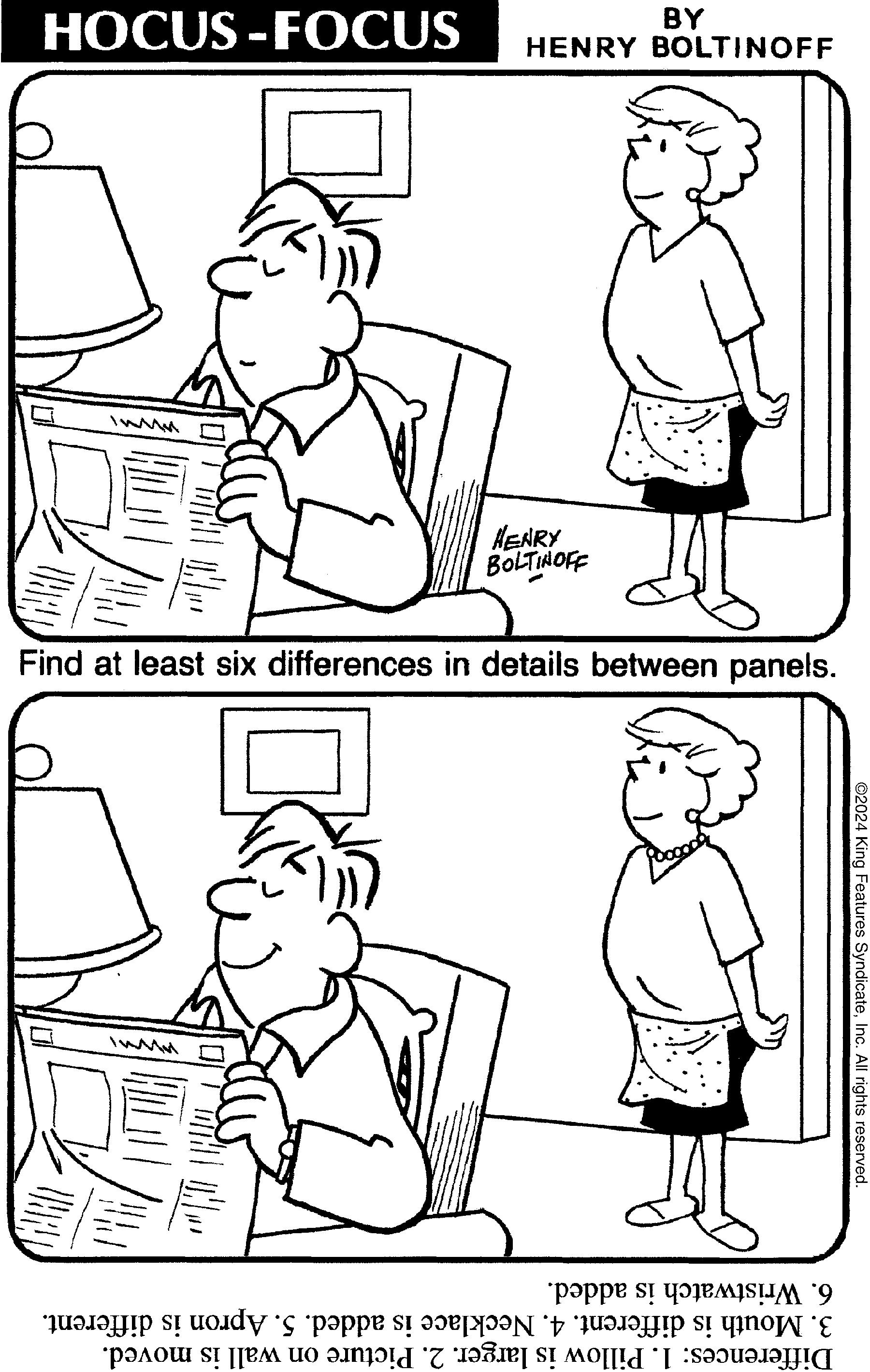
* To stretch your laundry budget, cut fabric softener sheets in half. They work just as well. Also, save them after they come out of the dryer. They make excellent dusters in the home.
* Love Sudoku? M.K. of Montana suggests that you might love it even more if you color code your grid. Each number 1-9 is assigned a color, and you solve the puzzle as normal, except you color in the box to denote your answer. When it's all finished, she says, "It looks like a colorful quilt."

My pup is allergic to grass but loves to romp. Sometimes his belly gets red, and I clean it with a mild soap and water, then give him a cornstarch rub. It sure helps." T.W. in Ohio
* Want to keep your cut flowers fresh longer? Add a teaspoon of chlorine bleach to the water and change it out every few days.
* If the vegetables you are cooking give off an unpleasant smell, grab a small saucepan and simmer a bit of plain vinegar while cooking. It will negate the smell, and leave your house smelling pleasantly like mealtime afterward.
* "Cornstarch is great for itchy, rashy skin. This is true for babies' bottoms and for doggy bellies, which is what I use it for.
* Spruce up indoor greenery with a little mineral oil. To get your green plants' leaves shining and healthy, wipe them down with a clean cloth dipped in mineral oil. Rub off any excess.
Send your tips to Now Here's a Tip, 628 Virginia Drive, Orlando, FL 32803. (c) 2024 King Features Synd., Inc.
